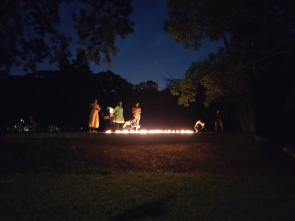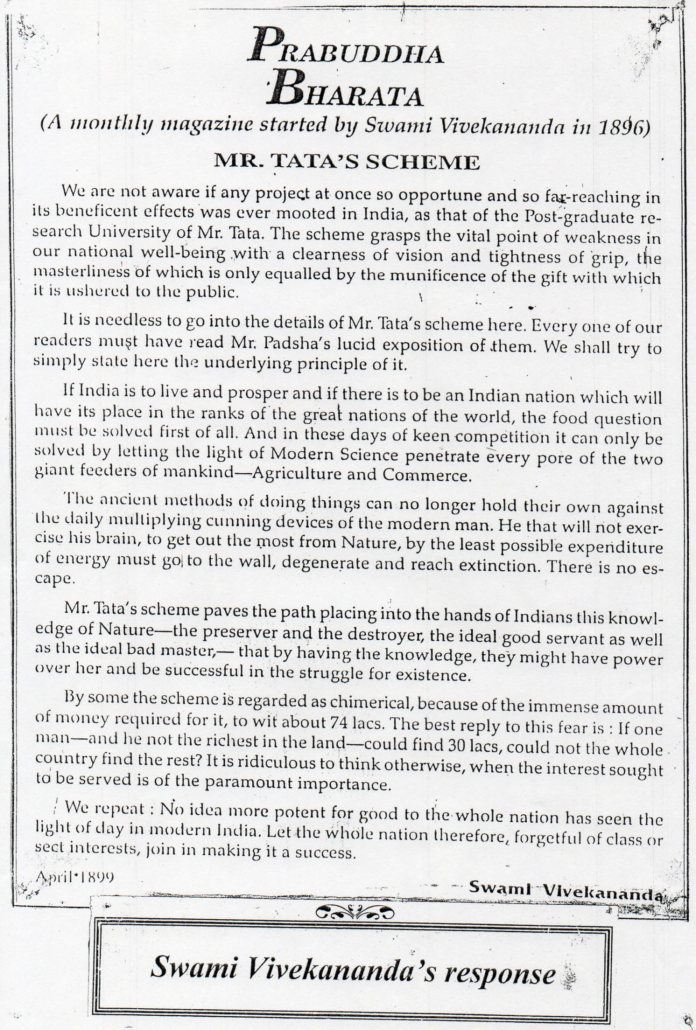“Unity in Diversity” Nehru knew India! “Travel is fatal to prejudice, bigotry, and narrow-mindedness, and many of our people need it sorely on these accounts. Broad, wholesome, charitable views of men and things cannot be acquired by vegetating in one little corner of the earth all one’s lifetime.” Mark Twain knew humans! I had written a blog on Deepavali earlier pointing out that it is celebrated in India on different days and different ways (1). Some of my friends were surprised to find that our family had idli and mutton on Deepavali days. Recently, The Hindu has an article about this tradition (2) and now it’s mainstream! Again, this year Tamil Nadu is celebrating Deepavali (naragachathurthasi) on 6th November and our Institute has a holiday on 7th November. Bangaloreans celebrate beween 6-8th November! Deepavali is most commonly known as the festival of light and for us, it was indeed a festival of sound.
At the cost of repetition, let me state a few things again. When I was young, a typical celebration of Deepavali started a month earlier. We buy new clothes and give it for stitching and visit the Taylor shop several times to ensure that the new dress was ready. We start saving money to buy more crackers. At home, parents would buy some crackers. Typically, women at home start preparing sweets and savories several days before Deepavali and stack up all vessels. One or two days before Deepavali, we go for buying crackers. Northeast monsoon may be bringing rain and the weather would be moist. It was important to keep the crackers in sun light when possible.
While most of the crackers were bought from the major suppliers ‘Anil’ and ‘Singam’ pattaasu (cracker in Tamil) , our savings would be used to buy what was called ‘Out’. This particular cracker was made in Madurai by Saurastrian families settled for centuries in the city. They migrated from Gujarat in stages and eventually settled in Madurai during Thirumalai Nayakkar’s period, according to one history note I read. They are called in Tamil as ‘pattu nool karar’, which means people who used silk thread to make sarees/clothes. I am not sure if Out is still made and sold. Out combines an ‘atom bomb’ and ‘a flower pot’ in one. It is cylindrical with an yellow paper cover about 4-6 cm tall and 1-2 cm diameter. There is no thread that is visible to light the cracker and run away. One needs to open the paper cover on top and the gun powder would be visible. It should be lighted. It would start the ‘flower part’ action soon and you run away. Within a few seconds, the ‘atom bomb’ will blast off.
Other crackers had interesting names. ‘Seeni vedi’ is the mildest cracker and it is small with a red cover. Vedi is the name for the crackers that make sound, in Tamil. ‘Kuruvi vedi’ (Kuruvi = sparrow) was slightly bigger and louder. Then we had Lakshmi vedi/Meenakshi vedi and they were much louder. All these crackers would have a black thread with white paper cover. This cover should be removed to light the dark thread and it spreads slowly giving one a little more time to run. ‘Seeni vedis’ are used in making multiple threaded crackers. When I was young, I used to see 50, 100 or 200 combined having a common thread running in the centre, with the crackers lined up on both sides. As I was growing and our economy grew, I started seeing 5000 and 10000walas! I suppose the ‘walas’ come from Hindi. These crackers come as a role and when you unwind them they could cover 10s of meter length and it could cover a significant part of a street one lives in. The bursting continues for several minutes and most have their hands covering the ears!
We also had other crackers that give out only light such as flower pots, chakras and colorful match sticks (mathaapu in Tamil), rockets that fly off and produce colorful lights and/or sounds. I would not be surprised if we have hundreds of such crackers that produce sound and light of varying magnitude. Deepavali was indeed a festival of sound in Tamil Nadu. As I had mentioned, the festival of light comes in the next Tamil Month, Karthigai. All house holds keep lamps at the doors throughout this month. On the full moon day of this month, Karthigai Deepam is a major festival. Lamps will be lit throughout the house and surrounding. Thiruvannamalai celebrates this as a city festival and it is worth a visit. The whole city, temple and the hills have lamps lit synchronously at 6 PM and it is an incredible sight.
Over the last few years, there have been serious concerns expressed about pollution during Deepavali. Both noise and smoke pollution peak on this day in most parts of India. It has attracted world wide attention and there have been several scientific papers published based on pollution levels following Deepavali. I remember, Science had published a paper too. It may be a good way to get into Science, as we know pollution would be high and international press would be keen to cover it. The title of a recent paper perhaps summarizes the issue succinctly: “Short term introduction of pollutants into the atmosphere at a location in the Brahmaputra Basin: A case study” (3). This does not sound dramatic enough for Science or Nature and so is published in a lower impact Journal. We really need to worry about many other things that we do which cause more permanent damage to our earth and environment. A responsible individual or society or nation should not do anything that could cause serious problems to the only planet we have for life. However, I find the oppositions to crackers during Deepavali as an extreme reaction, perhaps motivated by a hidden agenda.
Don’t we have problems with fire crackers? Yes we do. Some of them are too loud. Many of them need safety precautions that we have not bothered to learn or practice. Several accidents happen on the day of Deepavali and some children lose their eye sight. Crackers were being stored and sold from many places without any concern for safety. This is a universal problem in India and is not limited to Deepavali. The train accident that happened on the day of Vijaya Dasami cannot lead to a ban on the celebration. Every citizen, administrator, organizer, municipality, town corporations, State and Central Governments have to take safety with all seriousness.
There have been accusations of child labor involved in making fire crackers. We really need to regulate the production, distribution and use of fire crackers. However, I do not think some elites can decide that crackers should be banned and convince the Supreme Court to do so. The recent news about banning crackers traditionally made, even while allowing ‘green crackers’, does indeed raise suspicions about the real agenda (4). There are no green crackers. As I had written earlier about the ban on Jallikattu, a few elites who think they know what is good for everyone, should not be allowed to make decisions for everyone. We do need regulations and not a ban on crackers. Have a great Deepavali, wherever and whenever you celebrate. Ensure that crackers, if used, are used with adequate precautions. Let me wish you all again with a beautiful picture taken from my OnePlus6 camera. IISc students light lamps in front of our Main Building just after the Deepavali Mela celebrated by the IISc Family and Friends!
- https://earunan.org/2015/11/05/hinduism-is-not-a-way-of-life-hindus-celebrate-deepavali-on-different-days-and-yes-some-hindus-eat-beef/
- https://www.thehindu.com/life-and-style/food/early-morning-conversations-with-idli/article25400846.ece.
- https://www.sciencedirect.com/science/article/pii/S1309104215302300
- https://www.thehindu.com/news/national/tamil-nadu/green-crackers-make-sivakasi-see-red/article25406861.ece?homepage=trueNEERI&fbclid=IwAR1rcLoclKFYJAKFuD1tA7R2mJ807yZyB3qVzJKrT7nDS2am0Fz15UWoQPQ








